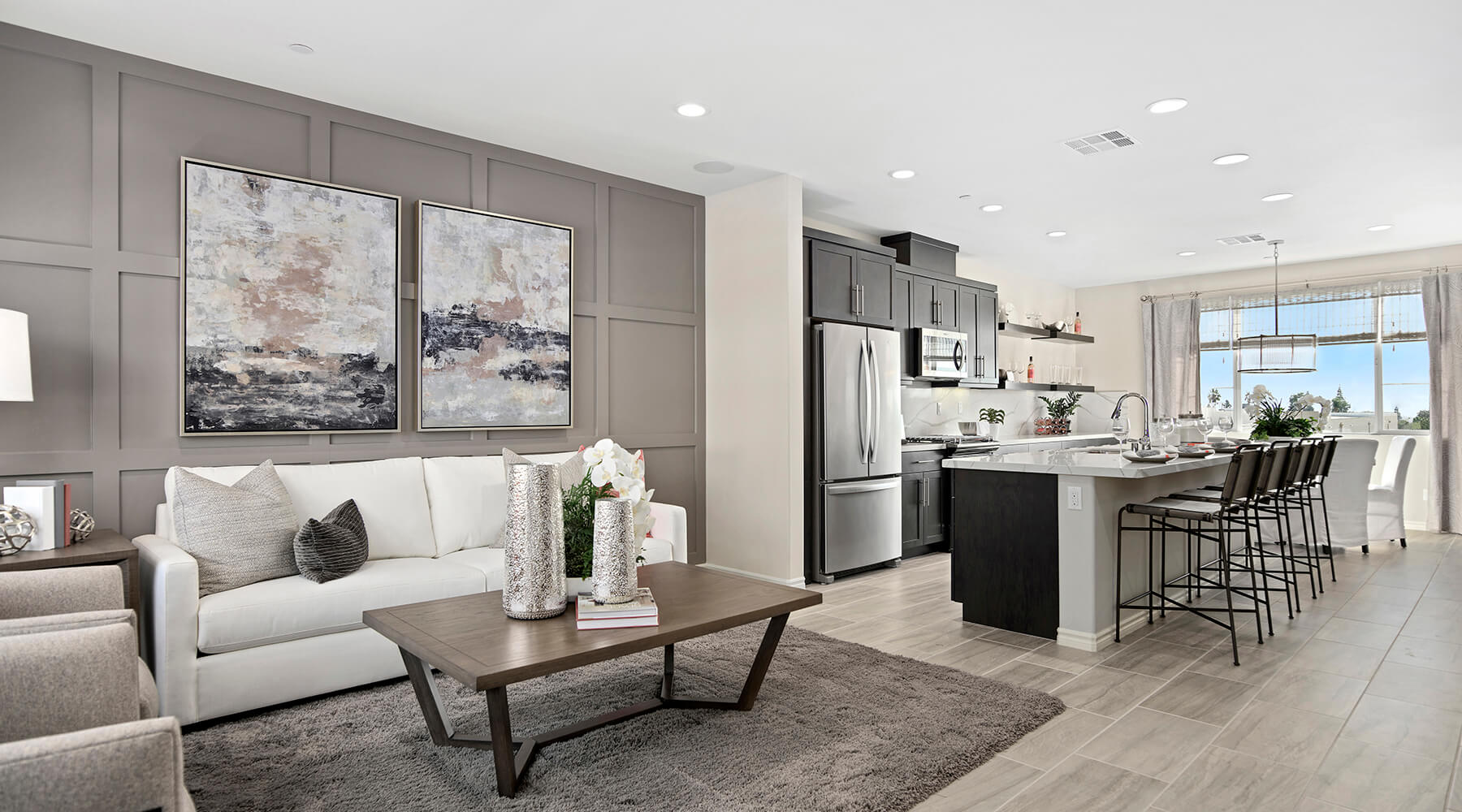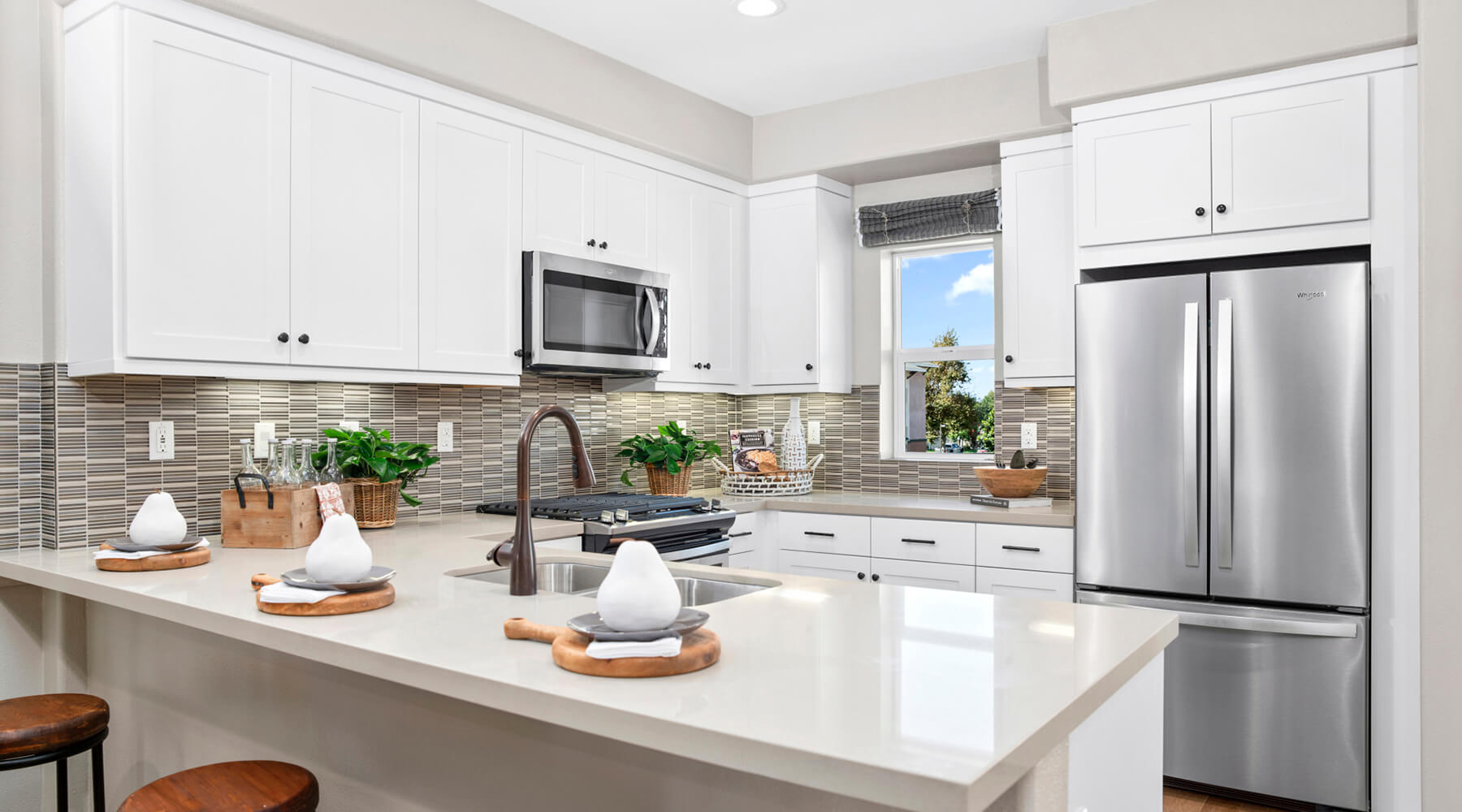Homes For Sale: How To Choose a Neighborhood
Apr. 17, 2017

If you’re in the market for a home you’re no doubt thinking of what the home itself should have. A whirlpool bath, or granite counters, or a beautiful garden.
Sure, amenities are important. But it’s also important to focus on the right neighborhood. The best policy in home shopping is to choose an area that has everything you need and want. Then you focus on the specific homes and what you want within them.
Why? Well, neighborhoods vary. If you have children, the quality of a school district can have major impacts on the cost of homes. And that’s only one example. Neighborhoods vary in their safety, the number of parks, and just about any factor you could name. So, what’s the best way to choose the right neighborhood for a home? Here are 3 tips.
Make Two Lists: What You Need and What You Want
This is a good idea for home buying in general: it’s also useful in looking at specific homes.
What do you need in a neighborhood? The ability to commute to work quickly? If so, is there good proximity to the freeway? Is public transportation good? How frequently does it run?
How about the size of your family? If you have children, or may someday, how is the school district? Do bond measures to support them pass? Are there parks they can play in? What is the crime rate? Are there parks and bike trails either in the neighborhood or nearby?
Now, what about things you want? This is the list for things you would really like to have, but they aren’t deal-breakers if the neighborhood doesn’t allow it.
The size of your home, for example, might be okay for now, but you’d like a bigger one 10 years down the road. Check whether your lot and lots in the neighborhood are zoned for additions to property. Perhaps you’d like an option for an elderly parent to move in with you some day. Does the neighborhood allow grandma cottages or conversion of garages into apartments? Then, you look for neighborhoods that contain both. But if something has to give in an otherwise desirable neighborhood, you have a firm sense of what the relative priorities are.
Walk and Drive Through the Neighborhoods You Like
Once you’ve determined neighborhoods that have what you want and need, walk and drive through them. Nothing gives prospective home buyers a better sense of a neighborhood than simply walking and driving casually around.
Try to do this at three separate times: weekends, mornings of weekdays, and in the evenings.
Do people seem friendly and relaxed? Are people out shopping or tending their yards? Are homes and gardens well-tended? Or does the neighborhood seem like it might not be a friendly place? At night, do you have any reason to feel anxious or fearful? Do some homes and yards look like they are suffering neglect?
If any of the feelings you’re getting are negative, strike that neighborhood off your list! It will likely not be a good neighborhood for you.
In addition, a neighborhood that is carelessly tended by homeowners or dangerous can affect the resale value of the property as well. While that might seem a long way off, it’s something to think about when you explore a neighborhood.
Research the Statistics
Don’t rely solely on your feel for the neighborhood, though. Look up how safe it is. Does it have an issue with robberies or any other type of crime? Research what resale values have been for the past 10 years.
It’s a good idea to look up the neighborhoods of your choice to see if there’s any news stories about them. Are they Little League Champions? Do people raise prize azaleas? Have there been any contentious issues, such as property taxes increases or noise abatements?
Buying a home is exciting. Make sure you choose a comfortable neighborhood as one of the first steps in your search.





